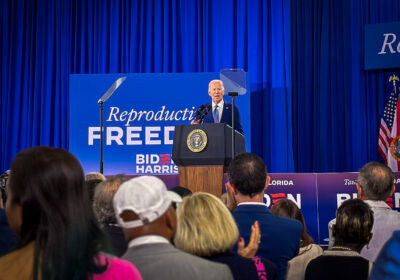Congress should pass new energy plan
The Waxman-Markey Bill, also known as the American Clean Energy and Security Act, passed the House of Representatives despite stiff opposition Friday. The ambitious bill has yet to pass the Senate, but if it does, it will set a new code for residential and commercial construction and institute a cap-and-trade program for pollution emissions.
It is clear that energy reform is needed, and even if the bill’s opponents stop it in the Senate, supporters such as President Barack Obama will continue to push for change.
“We’ve been talking about this issue for decades,” Obama said in a press conference. “Now is the time to act.”
It would be impossible to reach a plan that everyone can agree on, and the more time that is wasted in debate, the harder the task becomes. Those who oppose Obama’s plan must put aside political agendas for the sake of the environment.
Though the bill’s fate is undecided, some companies are already taking steps to be greener, such as Florida’s Magnify Credit Union. The bank’s newest branch in South Lakeland is designed to be a net zero energy building. The bank employed a number of methods to cut building costs and waste, such as constructing the branch around an existing ice cream shop. With its high-tech solar panels, the bank is expected to produce more energy than it needs.
While not all businesses need to set such ambitious standards, making small steps to improve energy efficiency will help accomplish the bill’s goal. Companies must put higher priority on building green than on building cheap.
The bill would set a timetable for new buildings to be more energy efficient. Energy usage would have to be reduced by 30 percent by 2014 for residential buildings and by 2015 for commercial, and 50 percent by 2017 for residential and 2018 for commercial.
The bill’s opponents believe such ambitious standards would be too expensive and that the costs would outweigh the rewards. However, the U.S. Environmental Protection Agency estimated June 22 that the bill would cost each household between $80 and $111 each year, or 22 to 30 cents a day.
The American Council for an Energy-Efficient Economy reported Wednesday that under the new energy efficiency provisions, each household could save $4,400 by 2030, or about $207 a year.
Even if the bill was as costly as its opponents suggested, price should not be the main concern in energy reform. There is no easy way to revolutionize energy policy, and no matter how it is accomplished, some level of sacrifice will have to be made.
Once companies are forced to work towards energy reform, reducing pollution and energy use will become feasible tasks.







